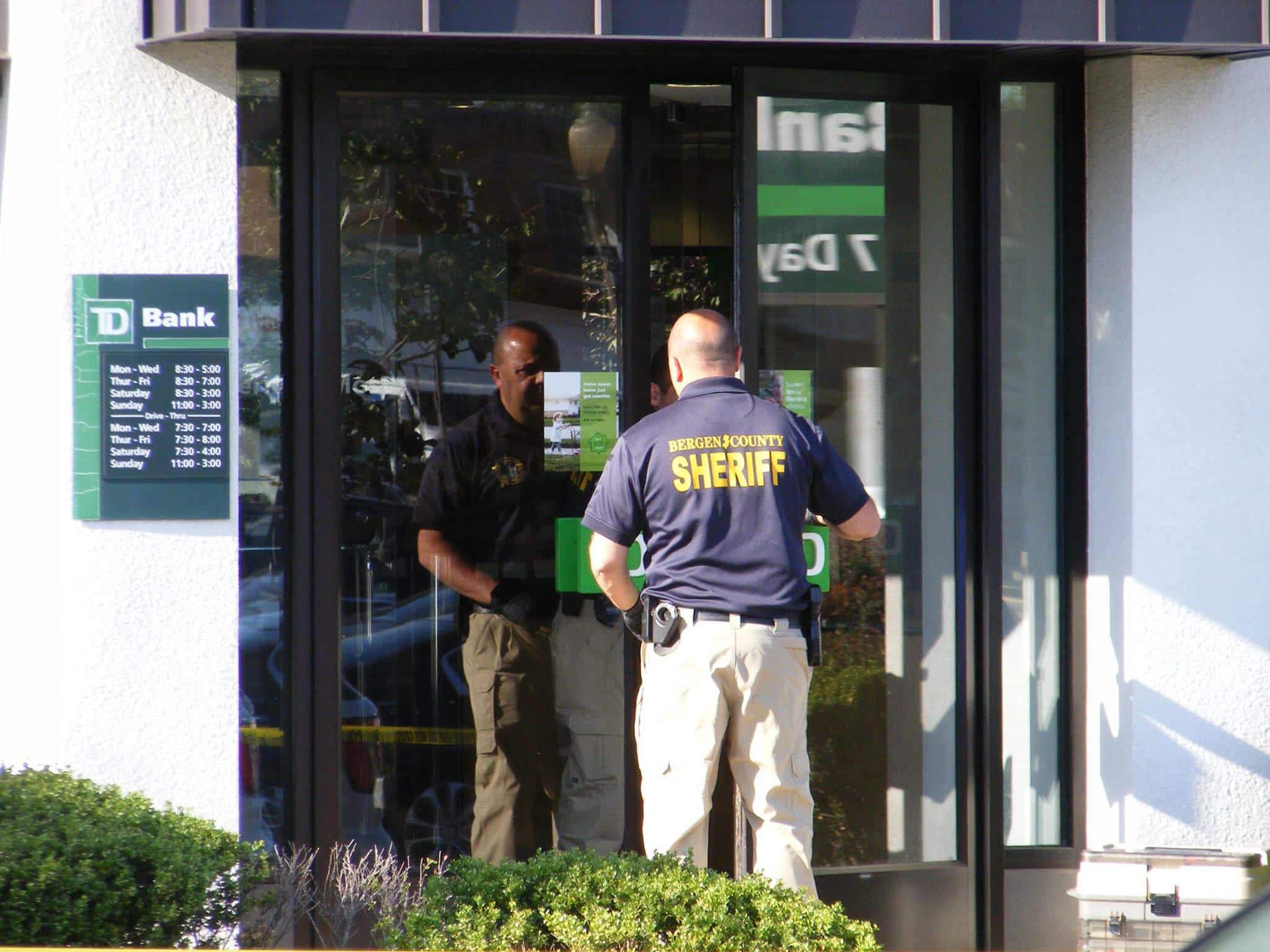
Interpretation Letter 3(09)-41(I) — Markings between Double Lines

U.S. Department of Transportation
Federal Highway Administration
1200 New Jersey Avenue, SE.
Washington, D.C. 20590
December 8, 2016
In Reply Refer To: HOTO-1
Matthew D. Loper, P.E.
County Engineer
Somerset County Engineering Division
County Administration Building
20 Grove Street
PO Box 3000
Somerville, New Jersey 08876-1262
Dear Mr. Loper:
Thank you for your October 14 letter regarding the use of a color marking between the lines of a double-yellow centerline marking. You requested clarification on whether this type of installation would comply with the Manual on Uniform Traffic Control Devices for Streets and Highways (MUTCD).
Section 3A.06 of the MUTCD states that the pattern of a longitudinal double line shall be two parallel lines separated by a discernible space. For this space between the two lines to be discernible it must represent a lack of other markings. Accordingly, the pavement surface must be visible in the space between the lines in the same way that it is visible outside the lines. On this basis alone, filling in the gap in a double line, either partially or fully, does not comply with the provisions of the MUTCD. The exception herein is the use of black in combination with one of the approved pavement marking colors, as noted in Section 3A.05.
Further, in accordance with Section 3A.05 of the MUTCD, the use of blue pavement markings is limited to supplementing white markings for parking spaces for persons with disabilities. The use of blue lines as part of centerline markings does not comply with the provisions of the MUTCD.
Further detail on the use of blue as a pavement color is provided in our August 15, 2013 Official Ruling 3(09)-24 (I), “Application of Colored Pavement”:
Blue is not a colored pavement and is not to be used as such in accordance with Paragraph 3 of Section 3G.01. Blue as it applies to a pavement marking is exclusively reserved for the background color in the international symbol of accessibility parking symbol (see Figure 3B-22) and for the supplemental pavement marking lines that define legal parking spaces reserved for use only by persons with disabilities as provided in Paragraph 5 of Section 3A.05.
We appreciate the impact of expressing support for law enforcement officers and value their contributions to society. There are many appropriate and fitting ways to recognize service to the public that do not involve the modification of a traffic control device, which can put the road user at risk due to misinterpretation of its meaning. It is therefore critical that the uniformity of pavement markings be maintained so as to present a consistent message that accommodates the expectancy of road users. For recordkeeping purposes, we have assigned your request for interpretation the following Official Ruling number and title: 3(09)-41 (I), “Markings between Double Lines.”
Sincerely yours,
Original signed by:
Mark R. Kehrli
Director, Office of Transportation Operations


